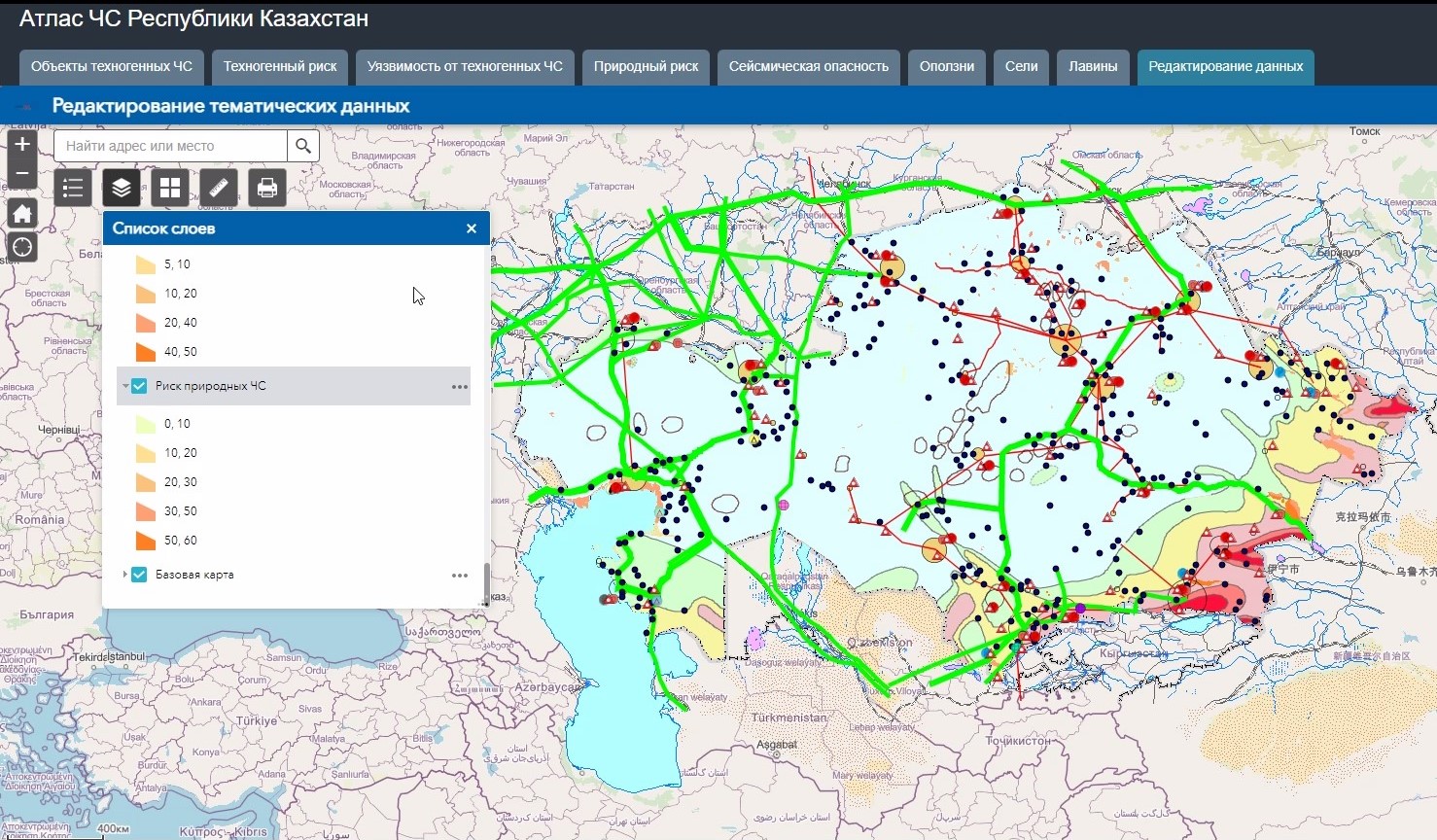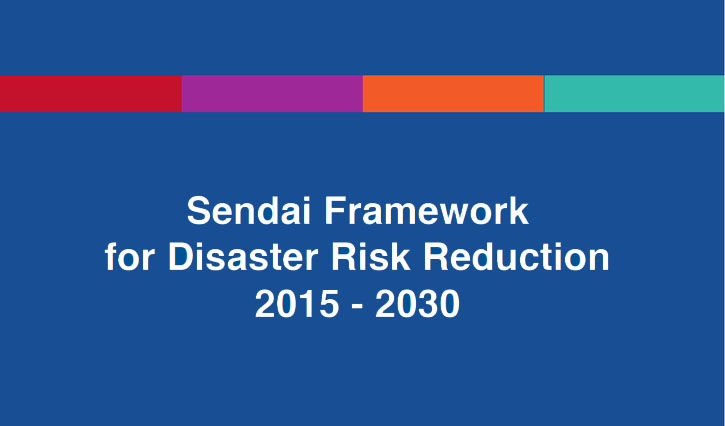The Center launched a project to create a digital safety passport of Kazakhstan and interactive maps
The Republic of Kazakhstan is vulnerable to the effects of climate change, and the country is already experiencing an increase in air temperature. One of the most significant consequences of global warming in Kazakhstan is the melting of glaciers and the formation of moraine lakes associated with it.
Climate change increases the risks of disasters, while the territory of Kazakhstan is exposed to almost all types of natural and man-made hazards, including earthquakes, floods, landslides, mudflows, avalanches, droughts, extreme temperatures, epidemics, dam failures and releases of hazardous substances.
In order to take the necessary measures to combat the negative effects of climate change and reduce the risk of natural disasters, as well as to minimize their negative impact, the Ministry for Emergency Situations of the Republic of Kazakhstan (MES RK) is actively working to create a Unified Information System, which allows for a more effective operational response to disasters, timely warning of the population and taking the necessary measures to minimize possible consequences.
In 2022, the Ministry of Emergency Situations of the Republic of Kazakhstan developed and approved the Digitalization Architecture of the Ministry for Emergency Situations of the Republic of Kazakhstan, which allowed the Center to identify existing problems and identify current digitalization trends in the field of civil protection.
Thus, the Center, taking into account the study of existing international information systems, developed a Project proposal for the creation of interactive maps and digital safety passports of the regions of Kazakhstan, which was sent to all international partners and donor organizations in order to attract extrabudgetary funds for the implementation of the project to strengthen the capacity of the Ministry for Emergency Situations of the Republic Kazakhstan.
At the beginning of this year, the OSCE office in Astana expressed interest and confirmed its readiness to financially support the Center in the implementation of the project "Strengthening the capacity of the Republic of Kazakhstan in adaptation and resilience to climate change and disaster risk reduction by creating interactive maps and digital safety passports of the regions of Kazakhstan", and the Center started the implementation of the first phase of the project in April.
As part of the first stage (2023), it is planned to design the architecture of the developed subsystems, as well as create the Digital Safety Passport subsystem and launch it into trial operation.
The goals and objectives of the project are fully consistent with the digitalization architecture approved by the Minister for Emergency Situations of the Republic of Kazakhstan, while the project involves the development of subsystems "Digital Safety Passport" and "Interactive Maps", which are the main components of the approved architecture.
The unified Geographic Information System being created with the reflection of interactive maps of the regions and the application of information from the developed digital safety passports in the form of blocks (layers) to them will allow the subjects of emergency management to provide reliable information about potential sources of emergency situations and the causes of their occurrence, to ensure control over the state of natural sources of emergency situations , advance forecasting of possible emergencies and their management.
In addition, a unified GIS will include an interactive map of the chronologies of all possible natural and man-made disasters, risk assessment, disaster analysis and a module for calculating possible damage, and will also be able to integrate data from various geoservices.
Taking into account that sustainability measures are developed jointly with local executive bodies and other ministries, the implementation of this project will strengthen interagency cooperation by raising the level of awareness of all levels of government when planning measures to prevent emergencies and respond to them.
In the future, this project is planned to be scaled up to the Central Asian region to strengthen the potential of the CA countries in the field of disaster risk reduction.








